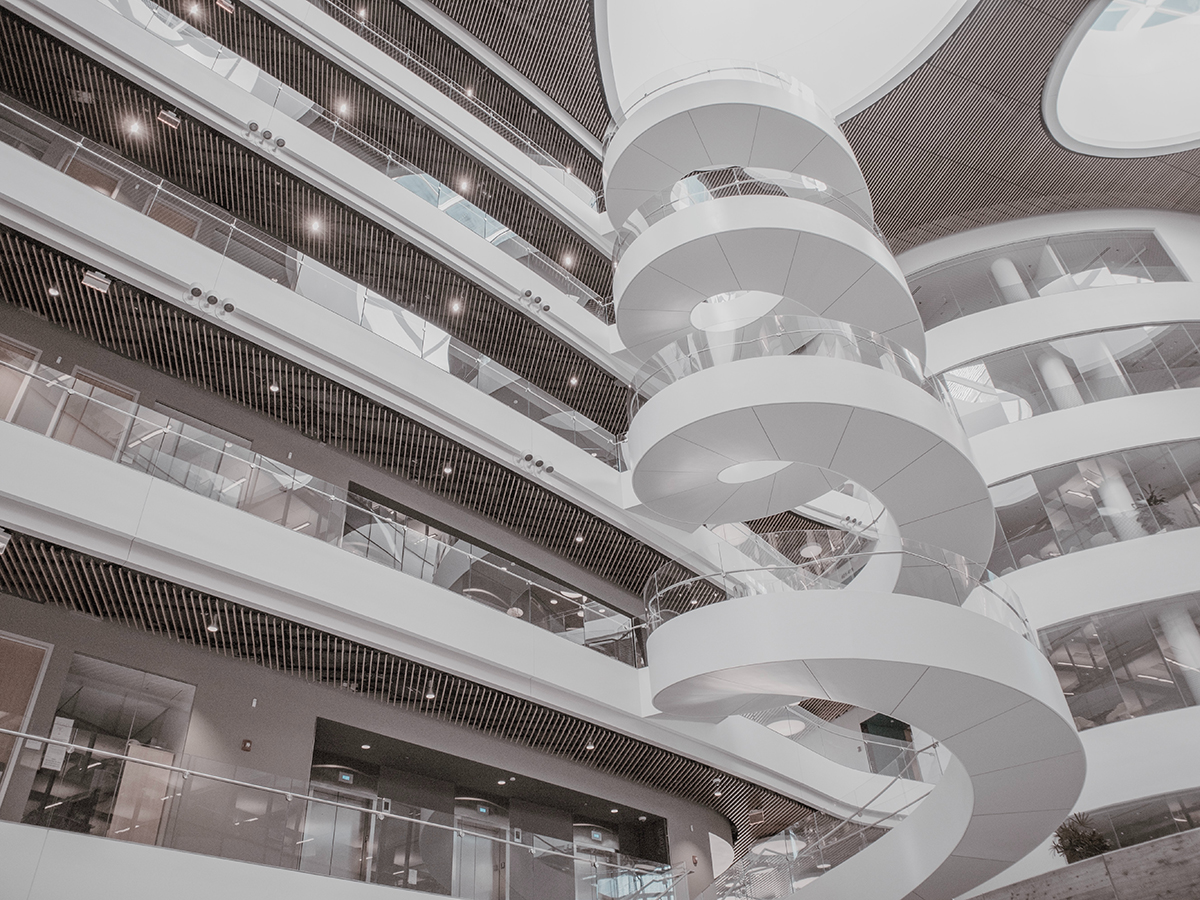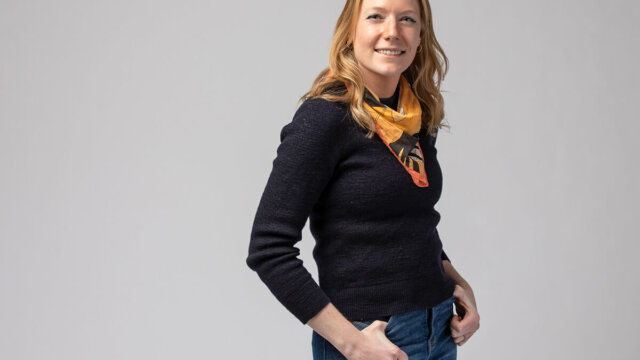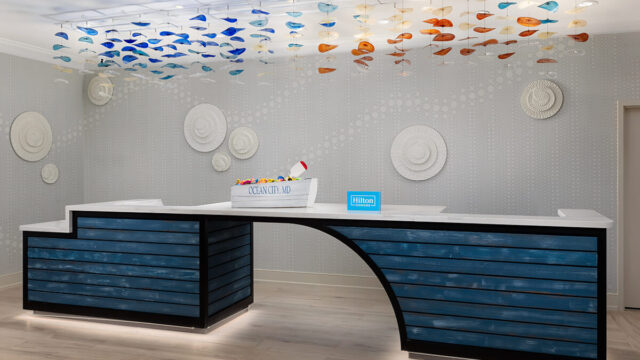While the 2010s are now in the past, the impact of this decade remains. From new technology to a discovery of materials and innovative design schemes, a lot has changed thanks in part to the previous 10 years. How will it influence the future of design? What can be learned from this period of time? In a Q&A series, hospitality designers weigh in on the design that defined the 2010s:
The previous decade kicked off with a recession. Did you see a trend toward value engineering or less expensive materials?
“There certainly was—that time created new challenges of value engineering without sacrificing quality and standards,” said Lesley Hughes-Wyman, co-founder and principal of MatchLine Design Group.
According to Wyman, the challenging economic times meant designers needed to think even further outside the box.
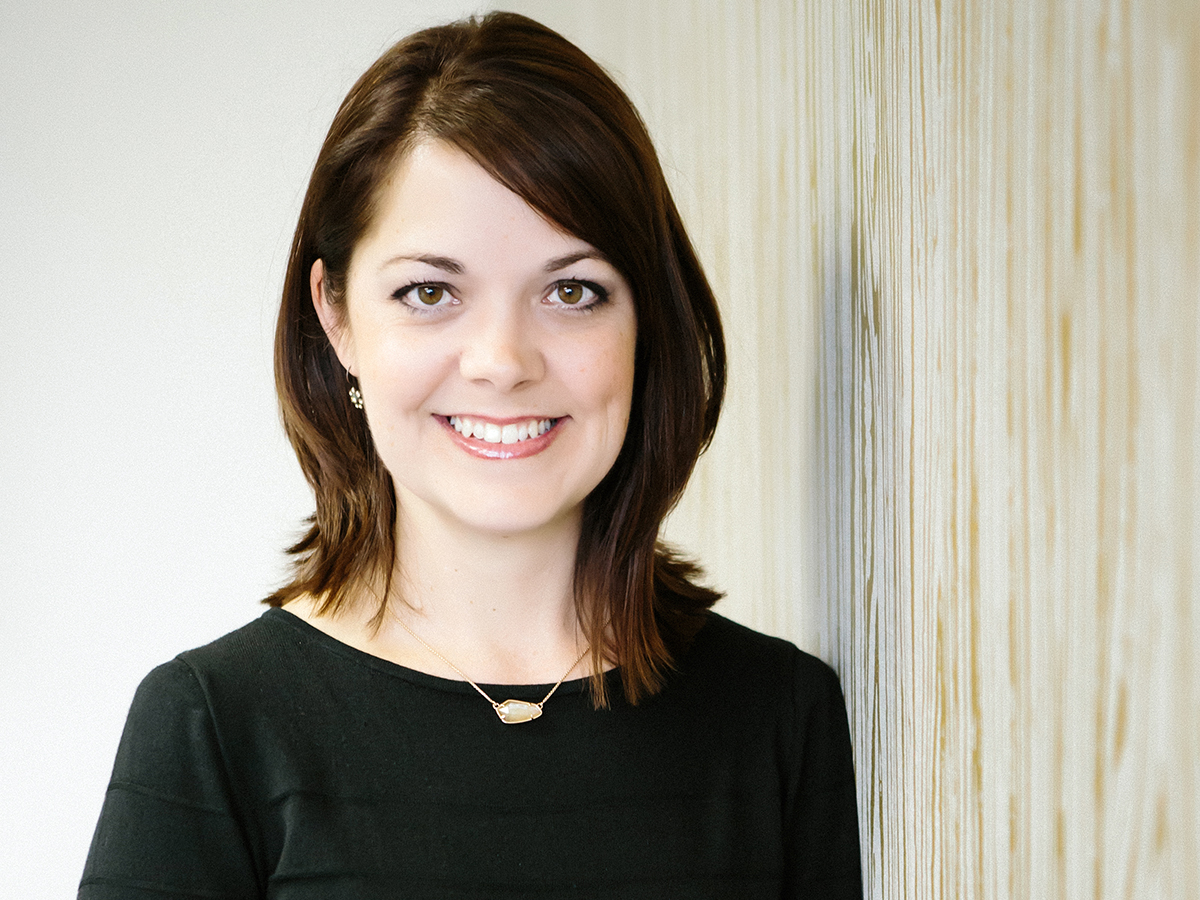
“We needed to design elements that would still hold up over time, look nice, and not leave the guest thinking that the property ‘cut corners.’ Many clients got used to the lower costs over the years and expect the same ‘costing’ to occur now, despite market changes and the ever-growing demand to have ‘the next best thing,’” she said.
The saying goes: The more things change, the more they remain the same. David Shove-Brown, co-founder and principal of //3877, sees the trend to “save money any way you can” continuing into the new decade.
“The recession sparked more creativity in the design world—we were (and still are) spending more time researching different ways to use materials in unconventional ways,” said Shove-Brown. “We’re taking the time to be creative in the way that we’re using these materials. We’re also finding new, less expensive material options for our clients. Extra research takes time, but it saves money in the long run. One project that comes to mind when speaking about this is Mi Vida in D.C. at The Wharf; we installed hardwoods, typically used for flooring, on the ceiling in a few zones of the restaurant.”

Keiko Matsumoto, design director, F&B, of Wilson Associates’ New York Studio, shares a different perspective.
“While the number of projects were reduced following the start of the recession, we did not see a demand for the use of less expensive materials in luxury hotels,” she said. “Negotiating the cost of material selections never arose and lowering design standards was not an option. Despite the economic uncertainty, our clients still wanted to provide guests with a luxury hospitality experience—especially because times were tougher.”

“I think clients have always had a vested interest in value-engineered design. Who doesn’t want the best bang for their buck? Value engineering came through manufacturing before it reached construction,” said Dwayne MacEwen, principal & creative director, DMAC Architecture.
In design, the biggest change MacEwen has noticed over the past decade is clients opting for higher-performing materials where it counts.
“We designed the Midtown Athletic Club during the middle of the last decade and used large-format tiles in the shower totems. This material looks like natural stone but is less expensive, lighter in weight, easier to maintain, more sustainable and performs better over time,” he said.
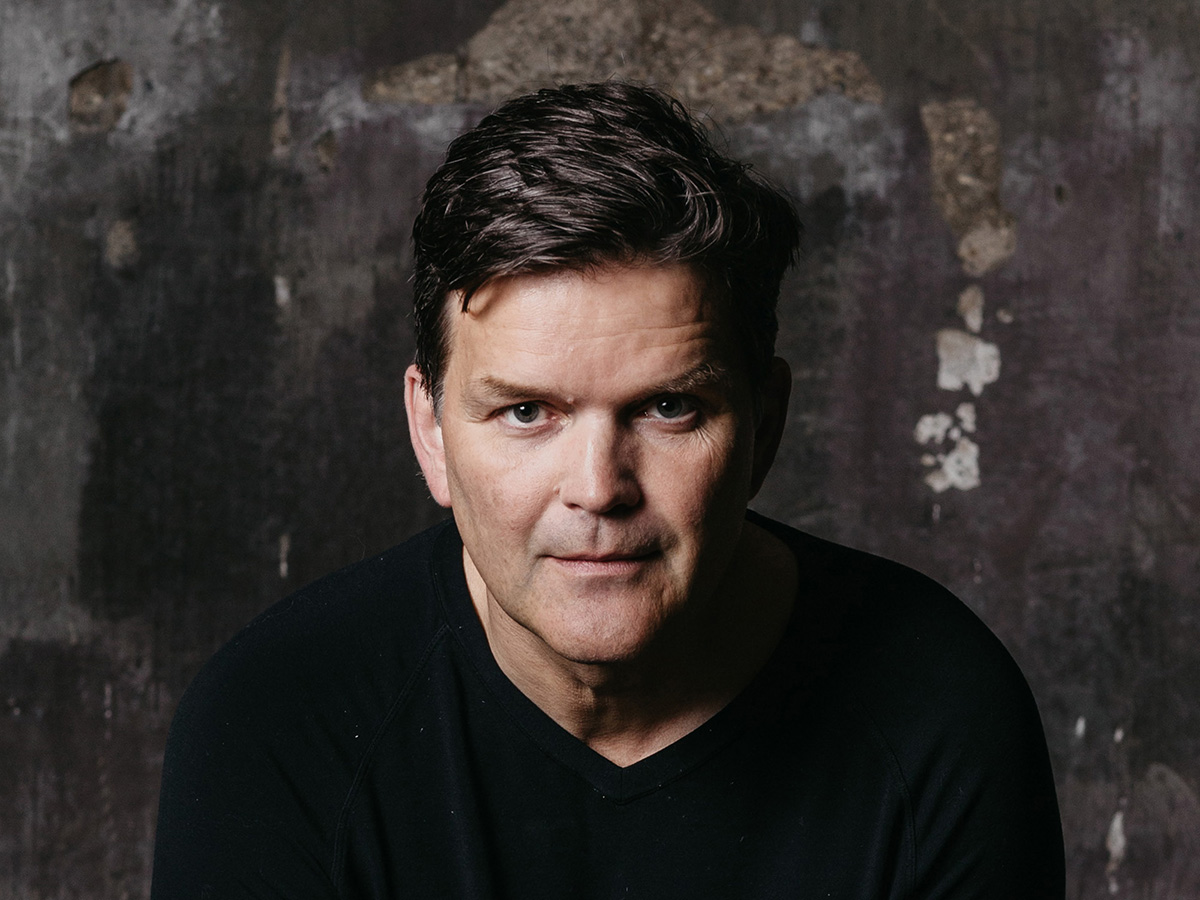
“New products released in the past 10 years have helped architects and clients amid the economic conditions, giving them better choices.”
MacEwen also believes that going green is not just a trend of the last decade; it has become part of the lexicon of architects.
“At Midtown, we intentionally specified wood boards for the concrete formwork to get a textured effect, then repurposed nearly all of the boards as interior cladding in the fitness areas. It was a win-win in terms of aesthetics and cost,” he said.
Griz Dwight, principal & founder, Grizform Design Architects, added, “Many of us designed through the recession and watched our projects go from opulent to restrained to canceled. While the number of projects bounced back in the early 2010s, the budgets did not.”

However, Dwight noted, the projects with lower budgets don’t necessarily mean cheaper materials.
“Designers had to get creative with how we use materials and the restraint with which we use them,” he said. “Less money in our clients’ wallets didn’t mean that they wanted anything less creative from us. Expectations remain high and now, more than ever, our clients want us to garner more bang for their buck. We still use expensive things but just not as much of them as we used to.”
